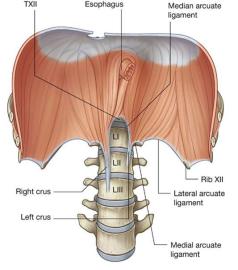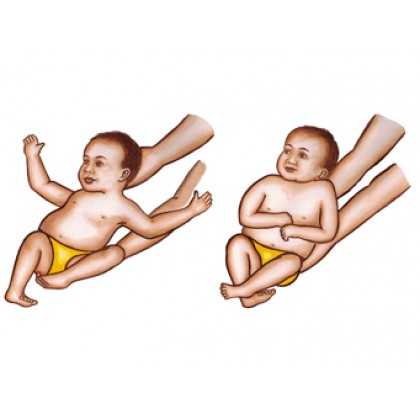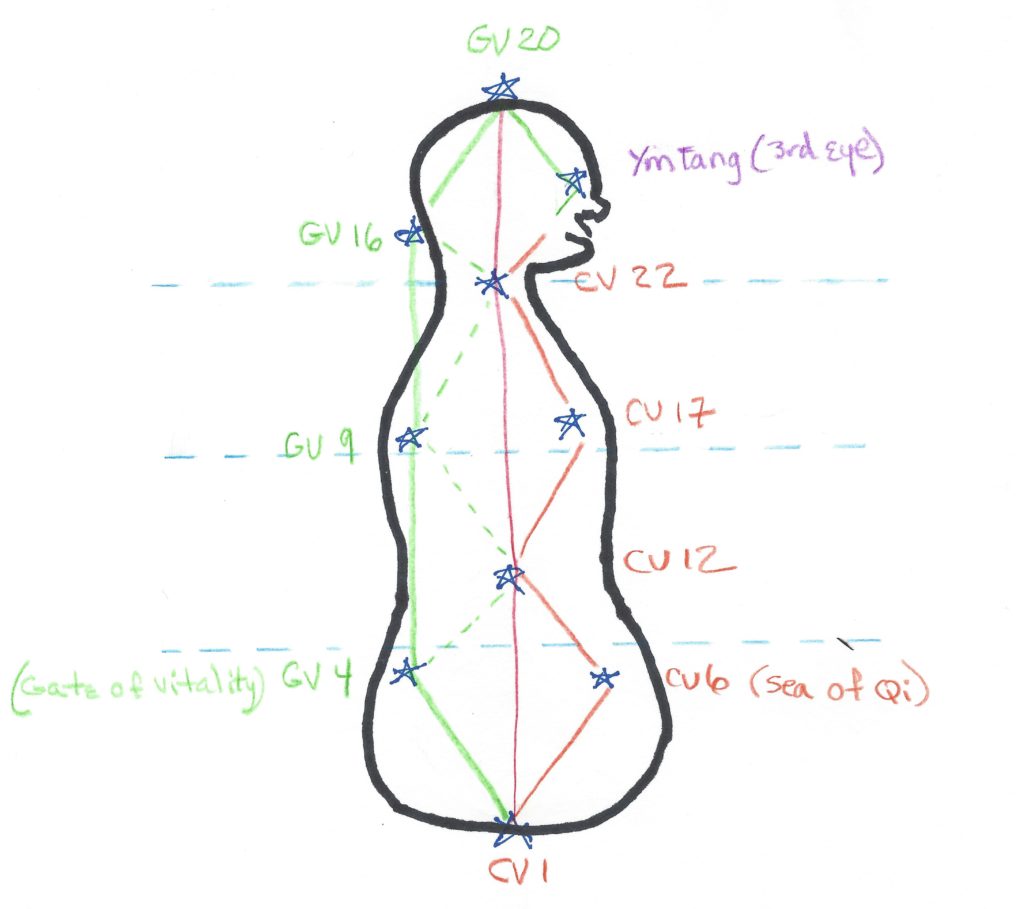 One of my favorite teachers, Eckhart Tolle, is offering a School of Awakening program later this year. Click on the blue for more info.
One of my favorite teachers, Eckhart Tolle, is offering a School of Awakening program later this year. Click on the blue for more info.
“The world situation is calling more and more of us to take the inner journey toward conscious evolution. Paradoxical as it may seem, there is no better time than a time of adversity to awaken spiritually.
What becomes your reality in the future is intrinsically connected to your state of consciousness in the present. Often, the primacy of this inner dimension is not realized except through the pressure of suffering created by seemingly insurmountable challenges in the outer dimension. This realization represents the opportunity that is opening up for us at this time.
When awareness is lost, we easily become possessed by the hive mind—the collective unconsciousness, which at this time is amplified and reflected back to us by our mainstream and social media. Our rational faculties become impaired, and our decision-making turns dysfunctional. In other words, we regress to a lower level of consciousness and are completely in the grip of the collective ego. This exacerbates rather than alleviates our problems.”
****************************
In the previous post we offered a perspective on Awakening from Vedanta and the Taittiriya Upanishad as a ‘turning on’ of the five vehicles of consciousness known as koshas or sheaths, allowing them to function as a differentiated and unified whole.
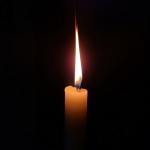 This process of evolutionary ‘Becoming’ awakening to the Ultimate Mystery of ‘Being‘ is an on-going journey that will be of great benefit as we proceed through the unfolding of our lives and the awakening of Becoming through the emergence of the larger planetary consciousness or noosphere. As Eckhart describes, ‘Becoming‘ is currently bogged down in the unconscious collective ego, so we have a lot of work to do. Through the process of Belonging we can bring our newly discovered insights in Becoming to all of our relationships and into the collective field.
This process of evolutionary ‘Becoming’ awakening to the Ultimate Mystery of ‘Being‘ is an on-going journey that will be of great benefit as we proceed through the unfolding of our lives and the awakening of Becoming through the emergence of the larger planetary consciousness or noosphere. As Eckhart describes, ‘Becoming‘ is currently bogged down in the unconscious collective ego, so we have a lot of work to do. Through the process of Belonging we can bring our newly discovered insights in Becoming to all of our relationships and into the collective field.
Our evolutionary journey of Being, Becoming and Belonging travels in two directions in an oscillating spiral of development, or as Adyashanti describes, from the intertwining of two spiritual impulses. One is the impulse of Being to continuously express itself through an infinite number Divine forms. It’s complement is the impulse of each form to realize their own inherent Divinity as Pure Being. In Vedic terms, as articulated in the Bhagavad Gita, the first is the pravritti marga or path of karma yoga. Krishna told Arjuna, in no uncertain terms, that his path of awakening was action in the world. The nivrtti marga is the path of awakening through renunciation of worldly action. We in the modern world are living both simultaneously.
Being first comes into form as ‘light’ or pure vibrancy of the anandamaya kosha. This light awakens the spiritual intelligence or ‘knowing’ of the vijnanamaya kosha to help uproot the ‘self-sense’ from the realm of thought and belief and ground it in the infinite. (This is what Patanjali refers to in sutra I-3; tada drashtuh svarupe avasthanam; then the Seer stably abides in its True Nature.)
Then the spiritual intelligence or buddhi can guide the attention, intellect, imagination, memory and sensory awareness of the manomaya kosha in its own ‘Becoming’ emergence. From either direction, it is in the middle, in the manomaya kosha, that the process breaks down. The personal and collective unconscious resides here in the form of ideas, images, beliefs based on a separate self or ego and and these patterns of energy can block the flow of light and wisdom. The middle is the key pivot place in our journey.
Ideally, the manomaya kosha, with the help of the light and wisdom, learns the embodied story of ‘Belonging’ from the differentiated beings (cells and Organ systems) of the pranamaya kosha who have learned cooperation over billions of years of evolution. This allows the light and layers of intelligence to penetrate through the presence of the fluid body and awaken, amongst other things, the fascial intelligence of the anamaya kosha and its 13.7 billion year old wisdom transmitted through matter and the gravitational field.
 The organizing powers and intelligence of the Universe, awakened and integrated through the functioning of the five koshas of Vedanta, also are expressed in Taoism. The Microcosmic Orbit is our entry point and this energetic circuit includes the Yin Conception vessel linked with the Yang Governing Vessel as seen to the right. (Also, see the previous posts: Using the Microcosmic Orbit in Asana pt 1, Microcosmic Orbit part 2, Fascia, Sitting and the Microcosmic Orbit, Trauma, Neuroscience and the Microcosmic Orbit.)
The organizing powers and intelligence of the Universe, awakened and integrated through the functioning of the five koshas of Vedanta, also are expressed in Taoism. The Microcosmic Orbit is our entry point and this energetic circuit includes the Yin Conception vessel linked with the Yang Governing Vessel as seen to the right. (Also, see the previous posts: Using the Microcosmic Orbit in Asana pt 1, Microcosmic Orbit part 2, Fascia, Sitting and the Microcosmic Orbit, Trauma, Neuroscience and the Microcosmic Orbit.)
The Microcosmic Orbit represents the fundamental Taoist principle ‘as above, so below’, as the functioning of the human energy system (microcosm) is a fractal of the entire Universe (macrocosm) This goes for human societies as well. To help us understand and awaken to some of the emerging dimensions of the collective consciousness known as the Noosphere, and work through the resistance of the collective unconscious, we can use our awakening koshas to look even more deeply at the circulation cycles of Yin/yang and Yang/yin that we have been exploring in the microcosmic orbit and then look for parallels of health and dis-ease in modern culture.
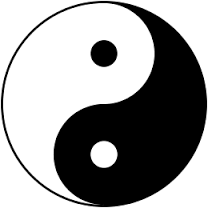 The mystery and challenge in Taoism to Westerners is to truly grok the principle of inseparability of yin and yang, expressed in the taijitu symbol. The seed of yin is found in the depths of yang and the seed of yang is found in the depths of yin. Qi, the energy linking yin and yang flows endlessly in alternating and oscillating waves. Patanjali parallels this analogy in his three sutras on asana, II-46 – 48. *
The mystery and challenge in Taoism to Westerners is to truly grok the principle of inseparability of yin and yang, expressed in the taijitu symbol. The seed of yin is found in the depths of yang and the seed of yang is found in the depths of yin. Qi, the energy linking yin and yang flows endlessly in alternating and oscillating waves. Patanjali parallels this analogy in his three sutras on asana, II-46 – 48. *
In simplest terms, yin and yang are in a waxing (expanding/heating) and waning (condensing/cooling) relationship. When in dynamic balance, as yin reaches its maximum, yang is at its minimum and this is a dynamic moment of change. As the cycle continues, yin begins to convert into yang. Then yang slowly waxes and yin slowly wanes, until yang reaches its maximum and the process reverses. This continues on and on in endless cycles.
In the yearly cycle, at the winter solstice, (in the northern hemisphere), yin is at its peak and 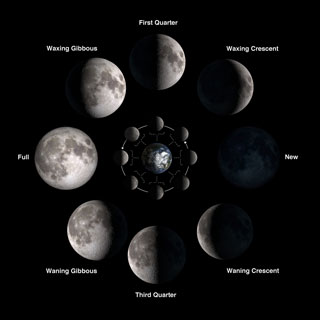 yang is at its minimum. And at that moment, the cycle reverses as yang begins to grow and yin begins to wane. At the spring equinoxes, yin and yang are even, and yang continues to wax and yin wane until the summer solstice when the process again reverses. The yin yang flow of the lunar or monthly cycle is more noticeable on a day to day basis.
yang is at its minimum. And at that moment, the cycle reverses as yang begins to grow and yin begins to wane. At the spring equinoxes, yin and yang are even, and yang continues to wax and yin wane until the summer solstice when the process again reverses. The yin yang flow of the lunar or monthly cycle is more noticeable on a day to day basis.
To the dualistic mind, all pairs of opposites are separate, unconnected, absolute entities, with no energy flow linking them. The moon is either full or new, each claiming to be the ‘real moon’, with sides drawn and battles engaged. The challenges of the transgender community come from segments of society that see humans as either absolute male or absolute female, often with pathological stereotypes attached. In reality, we all come from both egg and sperm, yin and yang, in totally unique combinations.
In extreme cases of pathological duality, pairs such as good and evil, God and the devil or Trump and his ‘enemies’, define an eternal struggle of each to conquer and eliminate the other, leading to wars and genocide. In our current political climate, this pathological belief is being played out in real time, with tremendous suffering and delusion the on-going result.
Through our personal somatic practice we discover and learn to ‘feel’ the inseparability of yin and yang, and come to know, through the buddhi, that all the infinite expressions of duality are at their core essence, expressions of wholeness. We also develop sensitivity to places that are stuck (duhkah) and learn skillful means to liberate the flow of yin-blood and yang-qi and restore harmony and balance. Using this somatic knowing to help accelerate the maturing and awakening of the nooosphere is the huge challenge we are undertaking.
The processes in life and in society are complex, with layers of cycles nested up and down, from atoms to biological and ecological systems, to economic and political, all entwined in the cosmic gravitational cycles. But it is quite obvious that modern culture is stuck, on a plethora of levels, in repressed feminine yin and hyper-exaggerated masculine yang. Although the cultural qi is starting to move in more healthy ways, there is still much fear resistance and ignorance from pathologically dualistic beliefs. We need to energize the yin, where ever we can find it and simultaneously calm down the yang, to re-align the dynamic yin and yang field.
The first step in our somatic approach to this challenge is to find and feel the yin and yang energies of the body. These are a few simple possibilities for your exploration. On the physical/anamaya kosha level, yin is water, weight, stability and groundedness. Yang is lightness and movement of the body through space. On the energy/pranamaya kosha level, yin is cooling, condensing, receiving and storing. Yang is fire, heating, expanding, moving, acting. On the emotional level, yin is nurturing, internally focusing, relaxing, resting. Yang is protective, externally focusing, dynamic, outwardly expressive.
On the mental level, yin is contemplation, yang is critical thinking and analysis. On the spiritual vijnanamaya kosha level, yin and yang are intimately known as the taijitu, the unity of duality and from the perspective of the anandamaya kosha, yin and yang are the radiant light and pure vibrancy of each.
In the microcosmic orbit, the front body channel, the conception vessel is the yin and the back body channel, the governing vessel is yang. Yang is not only the back body, but also the outside of the body, the outward facing skin while the yin is the inner body, the inner lining of the skin (I learned to explore that from B.K.S.Iyengar) as well as front. And there is always yang within yin and yin within yang as shown in the taijitsu. On the yin inside of the body there are yin and yang organs, and within the yin meridians of the organs, there is an upper yang branch linking a lower yin branch, with the diaphragm in the middle.
Working with the yin organ systems and meridians is fascinating on many levels, especially with their link to the Five Spirits or Five Shen. The Taosit model is a profound dynamic living example of the dance of Being, Becoming and Belonging. For review and preparation to work with this and subsequent blogs, please reread these three previous posts: The Three Treasures, The Seven Karmic Lessons of Life, and Yoga, Taoism and the Intelligence of the Yin Organ Systems.
In the next post, we will explore in depth the Jue Yin or ‘returning yin’ channel and look for Jue Yin parallels in contemporary society.

